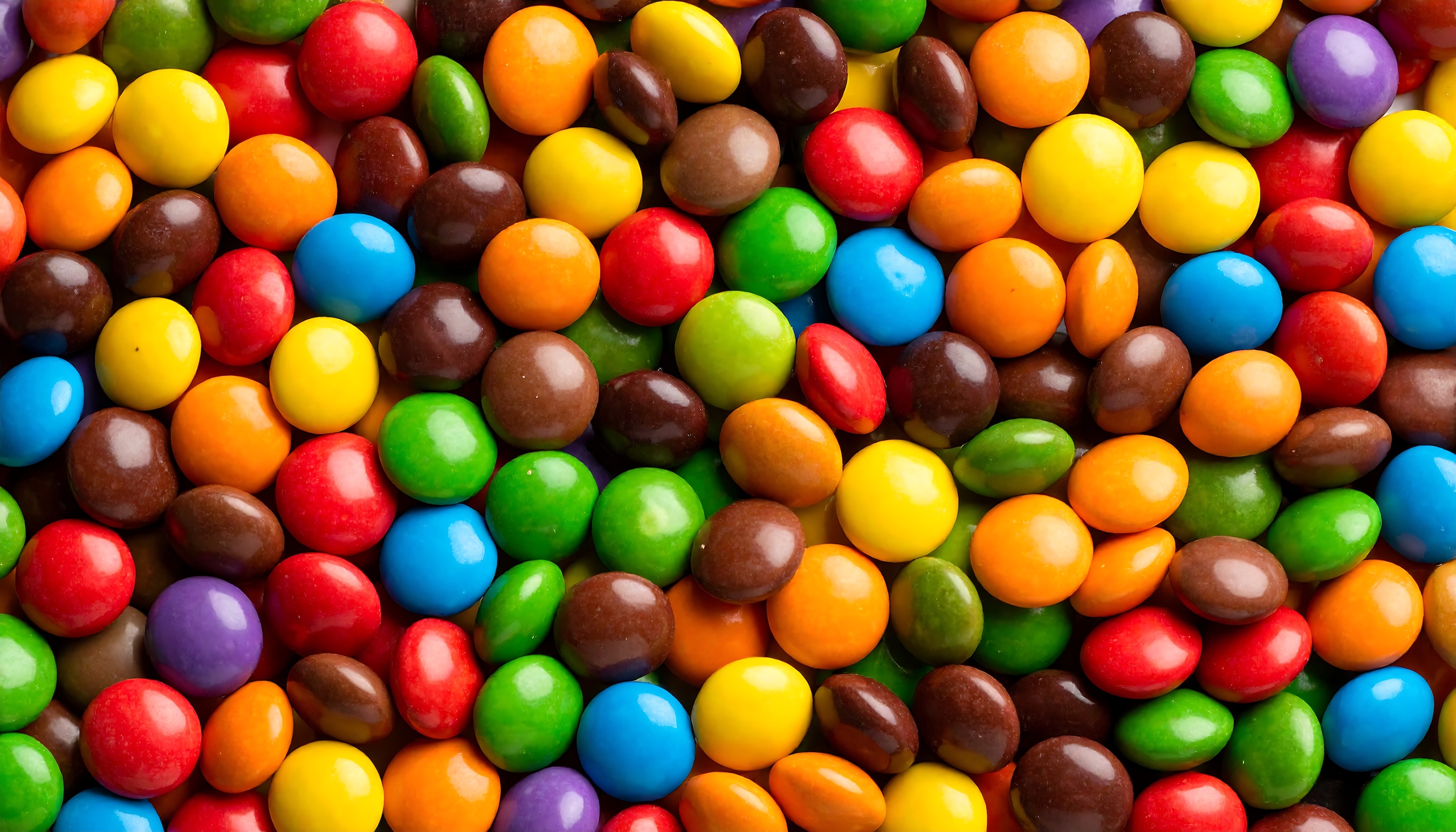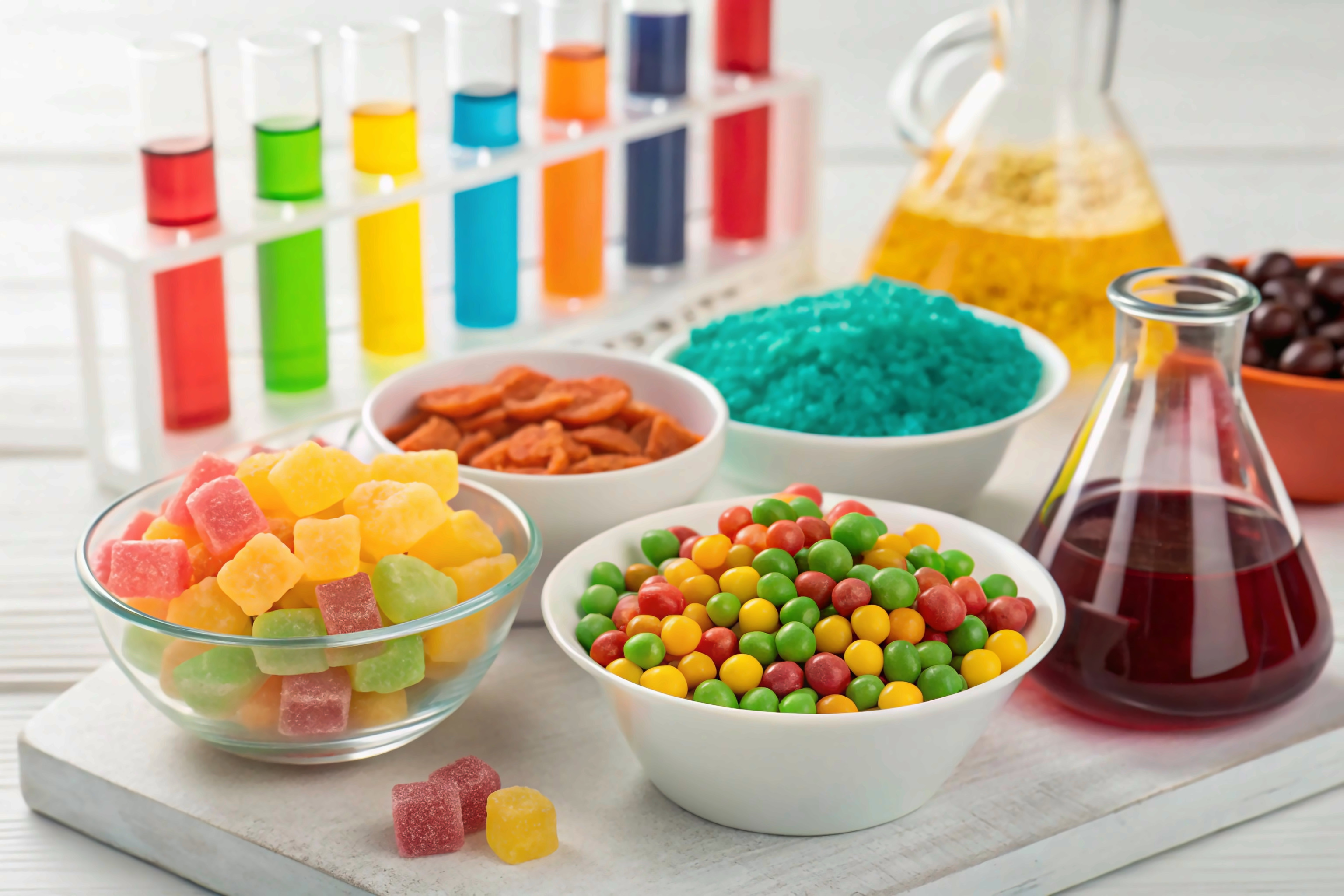
If you’ve been scrolling through food news or social media lately, you may have noticed a growing conversation about food dyes. Those bright reds in sports drinks, the neon blues in cereal, or even the cheerful yellow in candy—these eye-catching colors are everywhere. But many home cooks and parents are asking a new question: Are food dyes safe, and should we avoid them in our meal planning?
In this post, we’ll break down the facts, explore the concerns, and share practical tips for minimizing artificial dyes in your meals without sacrificing color or fun.
What Are Food Dyes, Exactly?
Food dyes are color additives that make foods look more appealing and consistent in appearance. They fall into two major categories:
- Artificial (synthetic) dyes – such as Red 40, Yellow 5, and Blue 1, which are made from petroleum-based sources and approved by the U.S. Food and Drug Administration (FDA) for specific uses.
- Natural dyes – made from plants, animals, or minerals, such as turmeric (yellow), beet juice (red), and spirulina (blue).
Think of the neon greens in pickles or the sunny yellows in cereals. The FDA approves nine artificial colors for use, like Red 40, Yellow 5, and Blue 1, which show up in everything from sodas to salad dressings. They’re super common—studies show that over 90% of processed foods for kids contain at least one. But why the fuss now? Well, as more parents and health-conscious folks turn to apps for clean eating, questions about long-term effects are popping up everywhere.

The Hyperactivity Debate: Separating Fact from Fiction
Perhaps the biggest concern parents have about food dyes is their potential link to hyperactivity and attention issues in children. This worry stems from research conducted in the 1970s by pediatric allergist Dr. Benjamin Feingold, who proposed that artificial additives could trigger behavioral problems.
More recent studies have provided mixed results. A 2007 study published in The Lancet found that certain combinations of artificial colors and the preservative sodium benzoate increased hyperactive behavior in some children. However, the European Food Safety Authority noted that the study’s effects were small and not consistent across all age groups.
The FDA reviewed this research and concluded that while a small subset of children may well be sensitive to food dyes, there’s insufficient evidence to establish a clear causal relationship between artificial colors and hyperactivity in the general population. However, they do require warning labels on foods containing certain dyes in some cases. Parents are thus able to avoid these foods if they are concerned. Here at DinnerTime, we encourage as much as practical the avoidance of highly processed foods for other health reasons as well.
Why Europe Takes a Different Approach
You might have heard that many European countries have banned food dyes that are still legal in the United States. This isn’t entirely accurate. While the European Union requires warning labels on foods containing specific artificial colors, stating they “may have an adverse effect on activity and attention in children,” they haven’t banned these dyes outright.
The difference lies in regulatory philosophy. European agencies tend to take a more precautionary approach, requiring extensive safety data before approval. The U.S. system generally considers additives safe until proven otherwise, provided they meet established safety thresholds. Again, here at DinnerTime we recommend avoidance of highly processed foods for other important nutritional reasons too.

The Real Health Considerations
Beyond behavioral concerns, what do we actually know about food dye safety? The FDA requires extensive testing before approving any food additive, including studies on toxicity, carcinogenicity, and reproductive effects. Current approved dyes have been deemed safe for consumption at typical levels.
However, some individuals may experience allergic reactions to certain dyes. Yellow #5 (Tartrazine), for instance, can trigger reactions in people sensitive to aspirin or those with asthma. Red #40 has been associated with allergic reactions in some sensitive individuals, though this affects a tiny percentage of the population.
It’s worth noting that the acceptable daily intake levels set by regulatory agencies include significant safety margins. For example, you’d need to consume about 23 mg of Red #40 per kilogram of body weight daily to reach concerning levels – that’s roughly equivalent to drinking 12 cans of certain red-colored sodas every day for a 150-pound adult!
Making Informed Choices for Your Family
So, what’s a health-conscious family to do? Here are some practical strategies:
Start with whole foods: The easiest way to reduce artificial dye consumption is to focus on minimally processed, whole foods. Fresh fruits, vegetables, lean proteins, and whole grains naturally contain no artificial colors.
Read labels carefully: If you’re concerned about food dyes, check ingredient lists. Look for terms like “FD&C Red #40” or “Yellow #5.” Many manufacturers now offer dye-free versions of popular products.
Consider natural alternatives: If your family enjoys colorful foods, look for products colored with natural ingredients like beet juice, turmeric, or fruit and vegetable extracts.
Keep perspective: Remember that occasional consumption of foods containing artificial dyes isn’t likely to cause harm for most people. Focus on overall dietary patterns rather than obsessing over individual ingredients.

Common Myths and Facts About Food Dyes
Myth: All artificial dyes are dangerous for everyone.
Fact: Not everyone experiences adverse effects from dyes, but sensitive individuals—especially some children—may benefit from limiting them.
Myth: Natural dyes are always healthier.
Fact: While plant-based colors don’t have the same synthetic compounds, large amounts can still pose risks (for instance, excessive turmeric can cause digestive upset). Moderation is important.
Myth: Avoiding dyes means your meals will look dull.
Fact: Colorful whole foods often look better and pack more nutrients than artificially dyed products.
Bottom Line
Artificial food dyes are still considered safe by U.S. regulators, but research shows possible behavioral effects in certain children and allergic reactions in sensitive individuals. As awareness grows, consumers are finding more dye-free options in stores—and meal-planning apps like DinnerTime make it easier than ever to create colorful, nourishing plates without synthetic additives.
Being mindful about food dyes isn’t about fear—it’s about informed choices. By using natural sources of color and planning ahead, you can keep mealtimes both visually appealing and dye-conscious.
